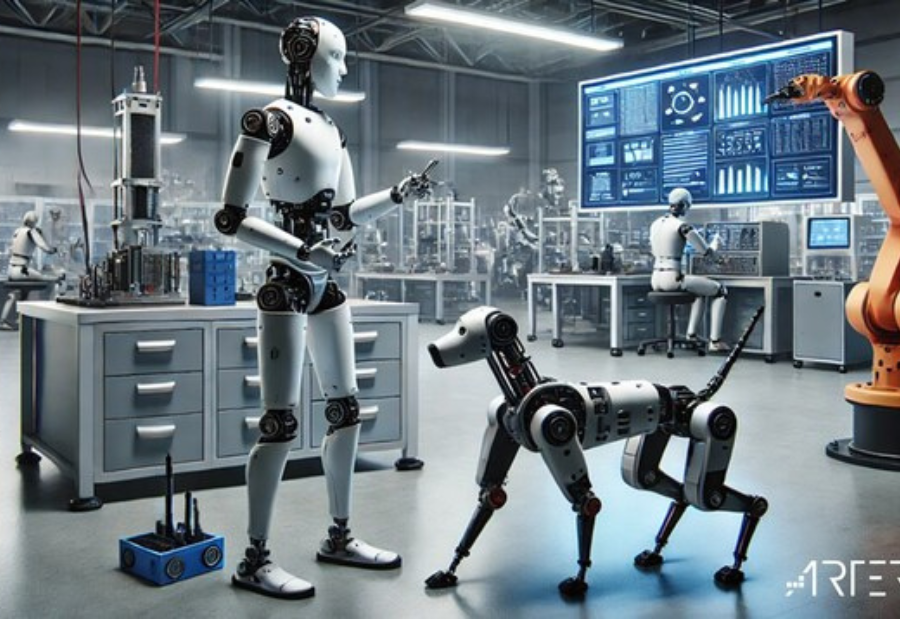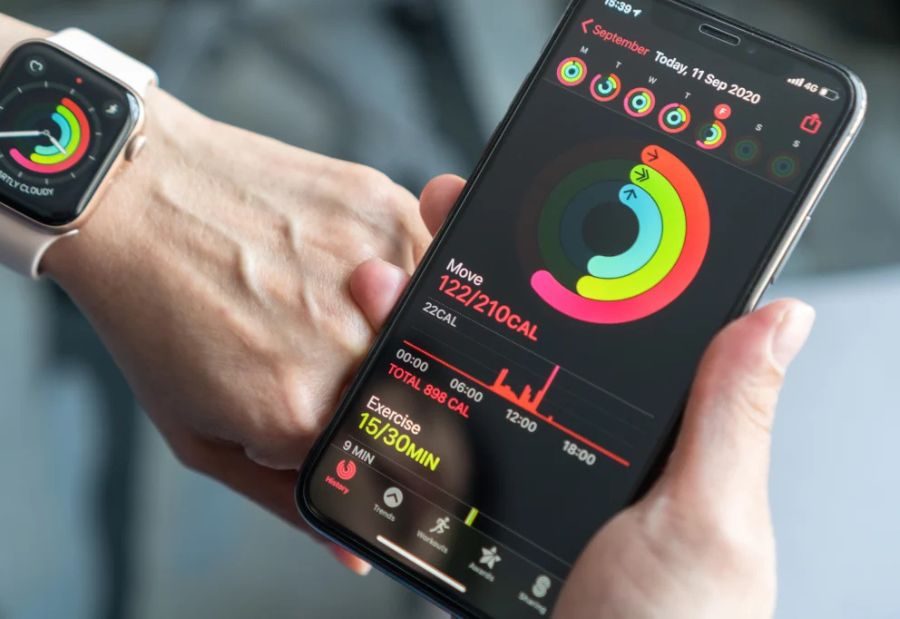With the rapid advancement of artificial intelligence and robotics technology, robots are accelerating their implementation in diverse application scenarios such as smart manufacturing, logistics and transportation, companion services, and public safety, becoming a key driver for future smart living and industrial upgrades. According to market research forecasts, the global robotics market is expected to exceed USD 100 billion by 2030, with bionic and multi-degree-of-freedom robots being the fastest-growing segments.
ARTERY’s High-Performance MCUs Integrated into Unitree’s Intelligent Robots
An intelligent robotic system can generally be divided into three major modules: control unit, sensing unit, and drive unit. These modules work closely together to construct a complete architecture capable of intelligent decision-making and precise control. Among them, the control unit serves as the core for decision-making and coordination and can be further divided into the “brain (MPU)” and “cerebellum (MCU)” layers: the MPU handles high-level tasks such as AI inference, visual recognition, and behavior planning, while the MCU focuses on real-time control and module communication, ensuring the coordination and stability of multi-axis movement.
The sensing unit is responsible for acquiring data from sensors such as IMU, pressure, and vision, and processes it through high-precision ADCs and analog signal front-end functions (such as OPA) for filtering and fusion, providing a decision-making basis for the control unit. The drive unit executes actual movements based on control instructions, managing servo motors and mechanical joints, and poses high-level control requirements to the MCU such as high-speed PWM output, position encoding input, and real-time feedback processing. Together, these three modules form the core loop of perception–decision–execution in intelligent robotics, forming the technological foundation for achieving high autonomy and agile mobility.
ARTERY Technology, aligning with this trend, has launched a variety of high-cost-performance 32-bit MCU products widely used in intelligent robot control and sensing modules, covering the following series:
ARTERY Intelligent Robotics MCU Solutions:
- AT32F415 / AT32F403A / AT32F435 Series
Built on the Arm® Cortex®-M4 processing core with clock speeds up to 288MHz, these MCUs integrate high-speed ADCs, rich PWM channels, and multiple communication interfaces such as CAN and UART. They are especially suited for high-degree-of-freedom joint control and multi-axis servo motor drive, enhancing motion coordination and real-time responsiveness. - AT32M412 Series
Equipped with high-performance operational amplifiers (OPA), these MCUs can directly process analog signals from sensors such as acceleration, pressure, hearing, and vision, performing front-end filtering and amplification to improve sensing data fusion efficiency. This series is particularly suitable for applications integrating multiple sensing modules.The above MCU solutions have already been successfully deployed in intelligent robotics. Renowned bionic robot developer Unitree Robotics has adopted the AT32F415 as the joint control chip in the motor drive unit of its mass-production robots, significantly enhancing real-time control stability and overall system cost-effectiveness.
Looking ahead, ARTERY Technology will continue to deepen its involvement in the intelligent robotics market and actively develop an edge AI MCU platform integrated with neural processing units (NPU) to support local inference and edge learning capabilities.
Also read: Viksit Workforce for a Viksit Bharat
Do Follow: The Mainstream formerly known as CIO News LinkedIn Account | The Mainstream formerly known as CIO News Facebook | The Mainstream formerly known as CIO News Youtube | The Mainstream formerly known as CIO News Twitter
About us:
The Mainstream formerly known as CIO News is a premier platform dedicated to delivering latest news, updates, and insights from the tech industry. With its strong foundation of intellectual property and thought leadership, the platform is well-positioned to stay ahead of the curve and lead conversations about how technology shapes our world. From its early days as CIO News to its rebranding as The Mainstream on November 28, 2024, it has been expanding its global reach, targeting key markets in the Middle East & Africa, ASEAN, the USA, and the UK. The Mainstream is a vision to put technology at the center of every conversation, inspiring professionals and organizations to embrace the future of tech.




